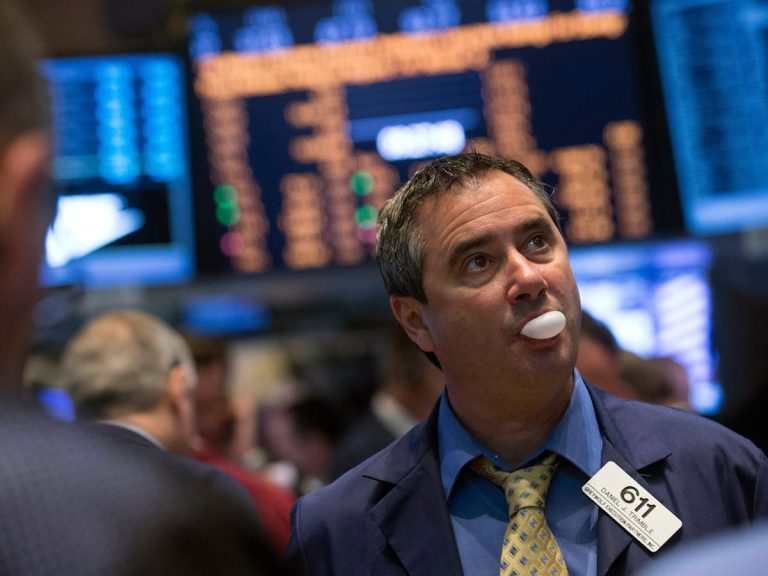Saffron prices have reportedly spiked to ₹5 lakh per kilogram — the equivalent of 50 grams of gold — after India shut down trade through the Attari-Wagah border in response to the recent terror attack in Pahalgam.
The move has effectively cut off saffron imports from Afghanistan, triggering a sharp 10% price surge in just four days.
According to a report by The Economic Times, Afghan saffron shipments have come to a standstill. Retailers and wholesalers are reporting acute supply stress, especially for high-quality saffron that had been entering India via the now-closed land route with Pakistan.
India consumes an estimated 55 tonnes of saffron each year. While a portion of this comes from Kashmir — known for its premium-grade kesar — a large share is imported from Iran and Afghanistan.
Afghan saffron is especially valued for its intense colour and aroma, while Iranian saffron offers a more economical option. With Afghan supply choked off, even the price of Iranian saffron has risen by 5%, the report notes.
The saffron market typically offers three major varieties:
- Mongra (Kashmiri) – deep crimson, strongest flavour and highest price
- Lacha (Kashmiri) – includes parts of the style, slightly lower strength
- Pushal (Afghan, Iranian) – lighter strands with some yellow, more affordable
The timing is particularly critical. Domestic harvests from Kashmir peak only in late autumn, and the current squeeze may drive prices even higher during the upcoming wedding and festive season.
As The Economic Times points out, the price rally underscores how quickly geopolitical tensions can spill over into consumer markets — especially when it comes to one of the world’s most prized and delicate spices.








